Okay so just like we promised here are a listing of plants that helped keep our ancestors alive and nourished during times of lack.
- Egyptian Onions
Also known as walking onions, these above-ground plants are perennial and the little onions grow just like flowers would on a regular shrub. The reason that they’re called walking onions are because the bulbs fall off and start a new plant the next spring.
These onions taste stronger than regular onions but the entire plant is edible. The leaves are good to chop up and use as you would scallions, and the little onions are great for soups, stews, or pickling.
- Borage
Borage has thick, prickly, fuzzy, leaves and pretty purplish star-shaped flowers. Both the leaves and flowers are not only edible, they’re delicious and great for you. The young leaves and flowers have a light, cucumbery flavor that makes them good in salads. Older leaves can be cooked just like other leafy greens and the flowers can be candied, added to salads, and used to make syrup.
It’s easy to grow and creates many seeds in the fall that you can dry for use the next season. It also has several purported health benefits, attracts bees, and repels the tomato hornworm, so it’s a good companion plant for your tomatoes.
- Mugwort
The leaves are edible, with a slightly bitter flavor. They can be used in salads or cooked in soups and is also used to make tea and alcoholic beverages. They’re frequently dried and used as a meat and fish seasoning. You can eat the flowers, too.
Now, for some survivor and homesteading uses: the furry underside can be scraped off and used as tinder, the stalks are good for kindling and the dried leaves will keep a fire smoldering for a long time, and it’s also a natural insecticide.
- Purslane
You know that succulent weed with pretty little yellow flowers that grows in your sidewalk cracks, or between bricks in your garden wall? Yup, that’s purslane. It’s been used for thousands of years in the Middle East as a food source and made its way to the US before Columbus did.
The leaves are packed with omega-3s along with vitamins found in other leafy greens and have a lemony flavor. It’s often used in place of spinach or arugula in salads but can be cooked, too. It’s good in soups and the seeds can be ground into flour.
- Salsify
The root is cooked similarly to carrots; toss it in soups or roasts, cook them alone or mash them. The greens are the same as other greens; use them in salads, cook them down, or sauté them in butter. They taste similar to asparagus or chicory.
Nutritionally, they’re similar to other greens and are purported to help remove impurities from the blood. Salsify was a staple food for centuries and is now making a culinary comeback.
Knowing what these plants look like and how o eat them could be the thing that keeps you from starvation when out in the wild. They are also great to add to any garden
If you want to read more about plants from the past, you can visit Survivopedia.

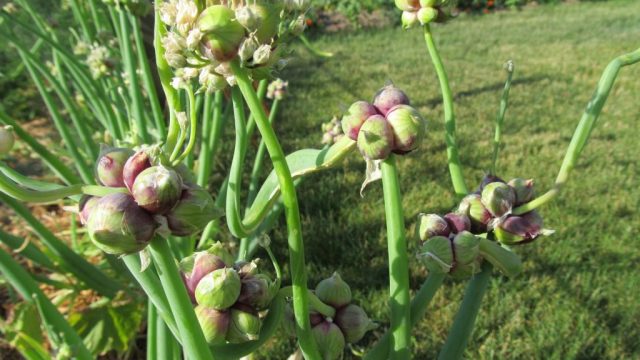
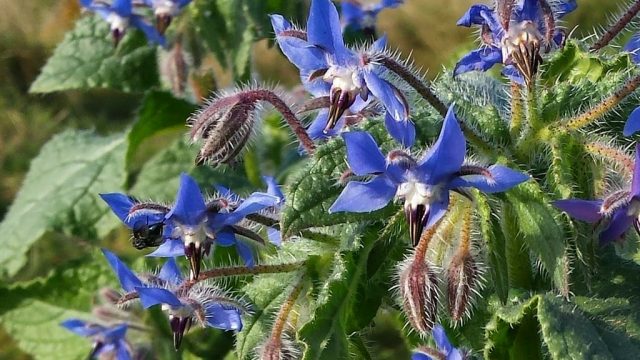
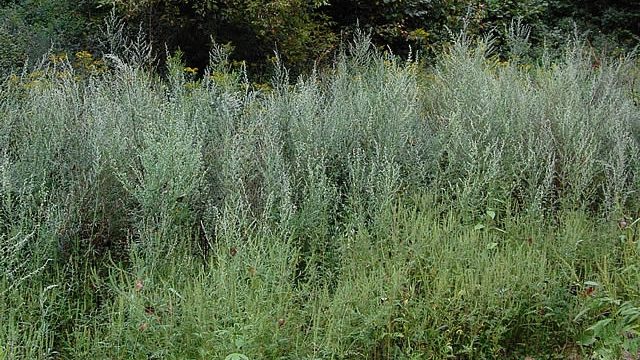
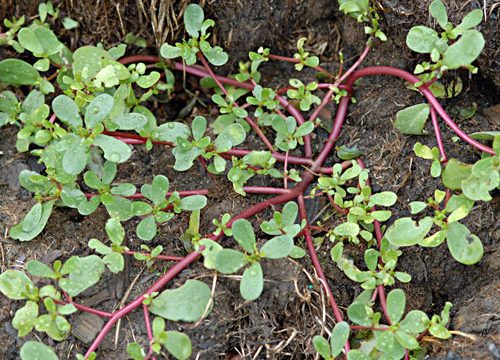
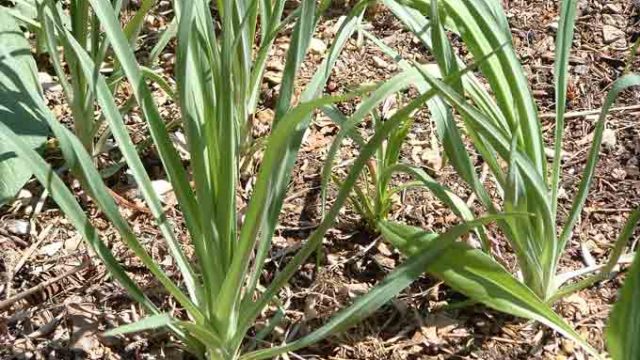
Purslane
Please only post links that take people right to the source. When I open a page and then it say click next to continue, I click the x at the top and close the window. One page full of ads is enough, don’t try to send to another.
Thank you.
I gather many edibles from the land! I only plant edibles and medicine as well.
Kaye Rembowski this is the article
I love it!!! The lemony flavor in my salad and my grandlittles pick the flowers off and just eat them.
Verdolagas long time no see or eat those
Purslane , it has a nutty taste . I like it .
What no crows foot or blue bells??
I used to throw this stuff out of the garden by the handfuls. Been sampling it the last couple years. A tad lemony
Madison Dawn DeSaunoy
Do not eat this plant shown as mugwort.. It is not and is instead highly poisonous plant called Manihot.. It is edible after much preparation and boiling off the toxic cyanide which is found throughout the entire plant. It is not found naturally iin America but does escape peoples yards.
Thank you… Mugwort images are easy to find and is a very useful herb.
I grow these in my yard. Extremely good for you!
purslane